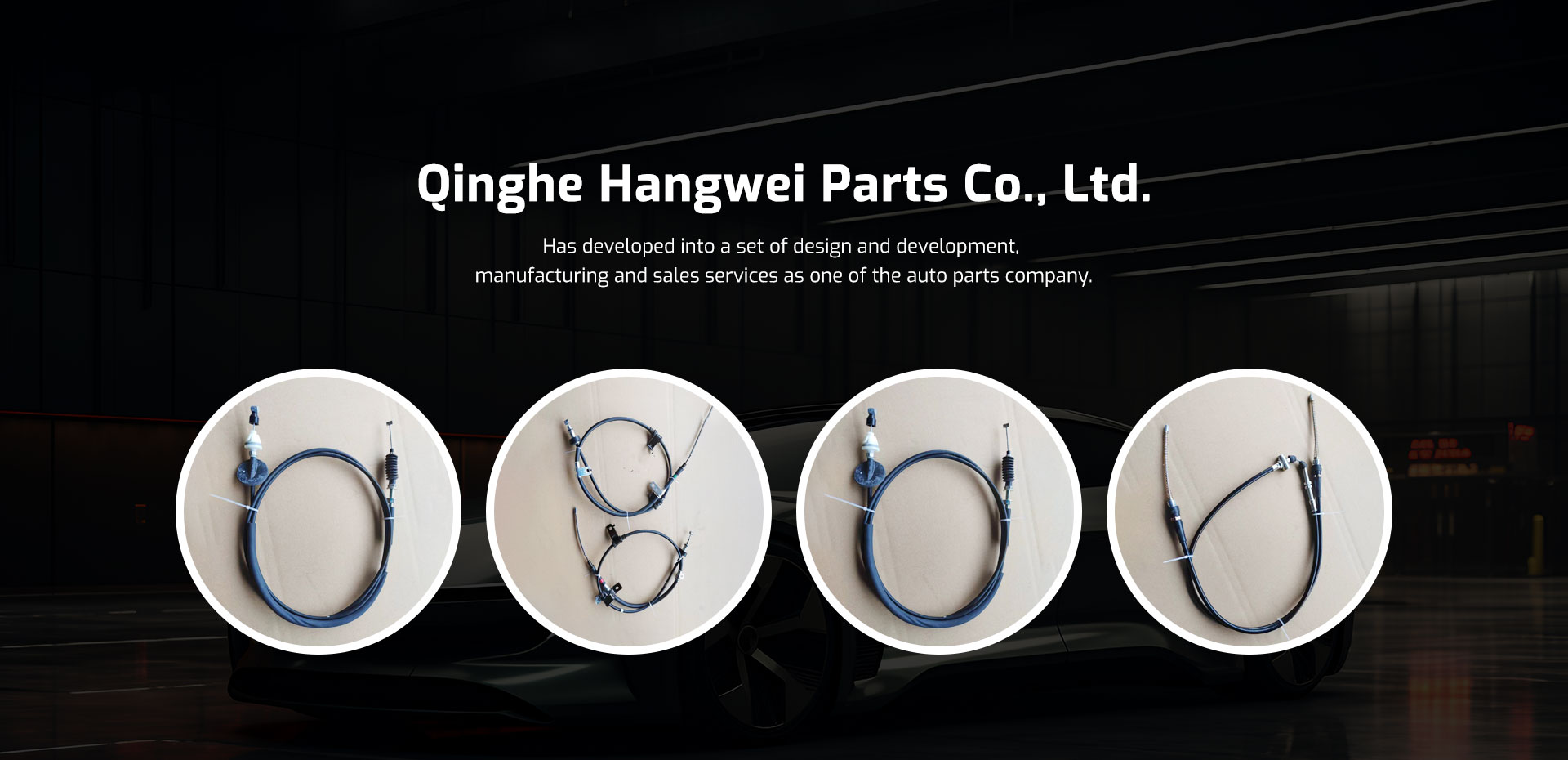master cylinder clutch line
Understanding the Master Cylinder Clutch Line A Critical Component of Automotive Systems
The master cylinder clutch line is an essential component in modern automotive engineering, playing a pivotal role in the functioning of a vehicle’s clutch system
. It operates on the principles of hydraulic mechanics, ensuring that power is transferred effectively from the driver's foot to the vehicle's transmission. Understanding its structure, operation, and maintenance can significantly enhance vehicle performance and safety.At its core, the master cylinder is a hydraulic device that converts the force exerted by the driver’s foot on the clutch pedal into hydraulic pressure. This pressure is transmitted through the clutch line, leading to the slave cylinder, which subsequently operates the clutch disengagement mechanism. The entire system relies on the principles of liquid mechanics; specifically, incompressibility of fluids, which allows for efficient transfer of force without loss in transmission.
The construction of the master cylinder involves several critical components, including the cylinder bore, piston, seal, and reservoir. When the driver presses the clutch pedal, the piston inside the master cylinder moves, compressing the fluid within it. Since hydraulic fluids are virtually incompressible, the generated pressure is transmitted through the clutch line to the slave cylinder almost instantaneously. This action disengages the clutch, allowing the driver to change gears smoothly without stalling the engine—a crucial aspect of driving manual transmission vehicles.
master cylinder clutch line

One of the significant advantages of hydraulic clutch systems, such as those utilizing master cylinder clutch lines, is their ability to provide a consistent and smooth operation. Unlike mechanical systems, which may suffer from wear and tear over time leading to performance issues, hydraulic systems maintain their effectiveness due to the fluid mechanics at play. However, this does not mean that the master cylinder clutch line is free from potential problems. Common issues include leaks in the hydraulic line, air bubbles within the system, or a failure in the master or slave cylinder itself. Such problems can lead to a spongy clutch pedal feel or total clutch failure, making regular maintenance critical.
Routine inspections involve checking the master cylinder for signs of leakage, ensuring that the fluid levels are adequate, and verifying the integrity of the clutch line. If any anomalies are observed, it is vital to address them promptly to prevent more severe complications. Additionally, maintaining the hydraulic fluid is crucial for performance; using the manufacturer’s recommended fluid type can enhance longevity and functionality.
In conclusion, the master cylinder clutch line is a fundamental aspect of the clutch system in vehicles, influencing not only the performance and efficiency of gear shifts but also the overall driving experience. Understanding its role and maintaining its condition can facilitate a smoother vehicle operation while enhancing safety on the road. For vehicle owners, regular checks and timely servicing of the clutch system are invaluable practices for prolonging the lifespan of their vehicles and ensuring reliability in performance.
-
Workings of Clutch Pipe and Hose SystemsNewsJun.04,2025
-
The Inner Workings of Hand Brake Cable SystemsNewsJun.04,2025
-
The Secrets of Throttle and Accelerator CablesNewsJun.04,2025
-
The Hidden Lifeline of Your Transmission Gear Shift CablesNewsJun.04,2025
-
Demystifying Gear Cables and Shift LinkagesNewsJun.04,2025
-
Decoding Clutch Line Systems A Comprehensive GuideNewsJun.04,2025
